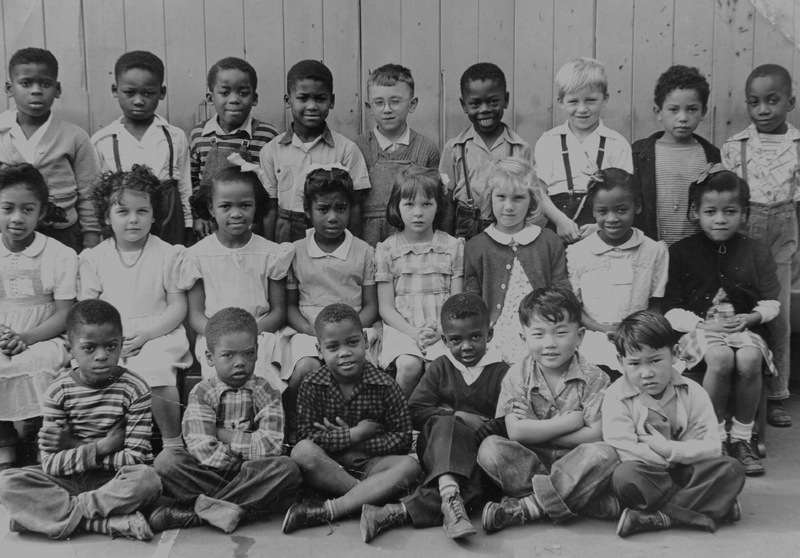Introduction

Courtesy of the San Francisco History Center, San Francisco Public Library
Our nation has a history of placing its hopes for the future in its children. Whether children have a healthy start is determined, in part, by the quality and safety of where they live, where they are educated, and if they have access to healthy foods, health care, and environments free of toxins. Too often, children grow up in neighborhoods without these life-enhancing resources, and become part of communities of disadvantage.
Health is a Human Right is a compelling representation of our nation’s challenges, responses, and commitment to protect the health of all populations, and of the stories and struggles of diverse groups to pursue their health as a basic human right. Organized around social, physical, and economic environments that affect health, the exhibit describes factors that have contributed to racial and ethnic minority health disparities in modern times.
If we look historically at the intersection of race, place, and health outcomes, what factors have remained constant? What events have triggered governmental action to address minority health and health disparities? And where have we as a society failed to make necessary changes? What does this history teach us about how to move forward? These and other questions will be explored as you move through the exhibition.
The 25th anniversary of CDC’s Office of Minority Health and Health Equity was marked in 2014 and it is timely to reflect on the evolution of minority health over the last century. Looking back at how minority groups have experienced health problems differently helps us understand “why” these disparities persist. Though we have not yet been able to achieve our goal of the best health for all, we have as a nation made important strides in identifying the problems and implementing solutions. There is still more to do, and this historical reflection helps us examine what other vital changes are needed.